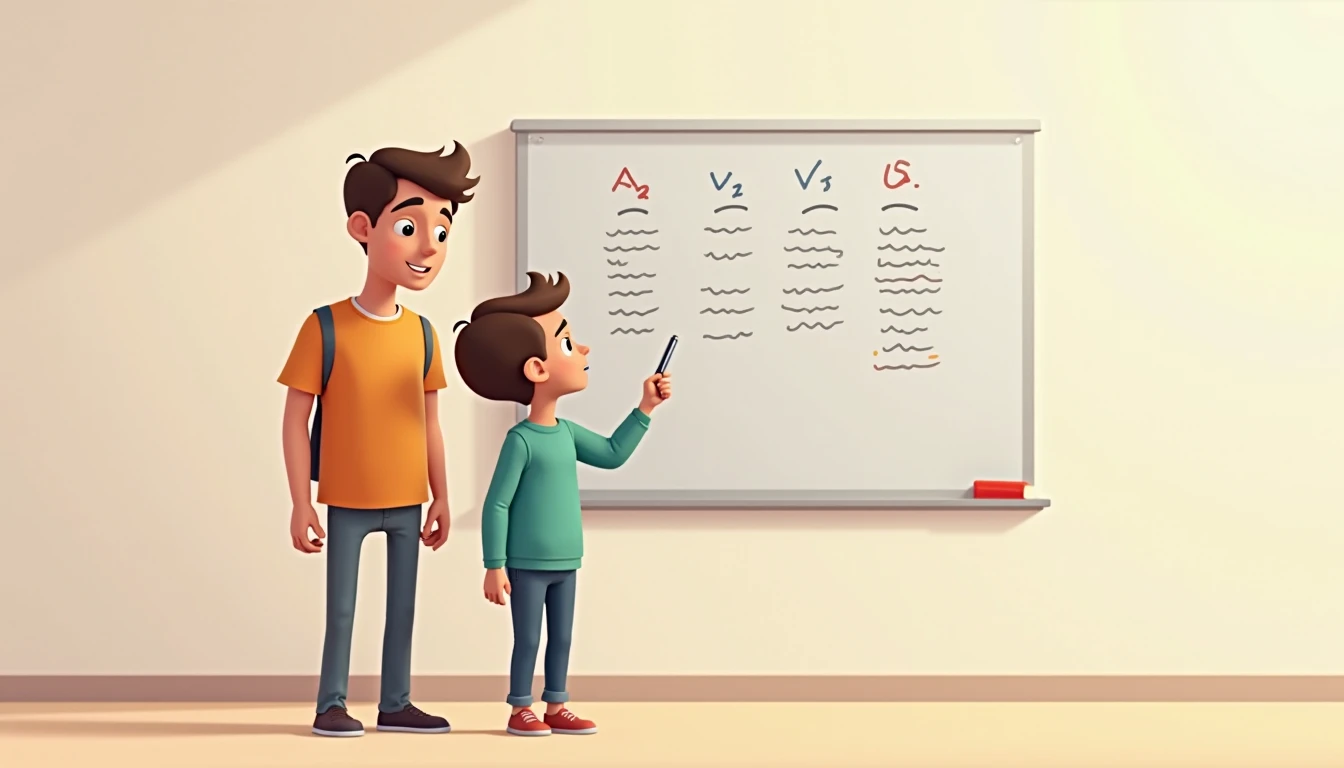
Navigating life with Attention Deficit Hyperactivity Disorder (ADHD) in a neurotypical family can present unique challenges, but it is certainly possible to find strategies that promote success and harmony. This article will explore the key aspects of understanding and managing ADHD within a neurotypical family context, providing practical advice for fostering resilience and positive outcomes.
Understanding ADHD
Attention Deficit Hyperactivity Disorder is a neurodevelopmental condition characterized by persistent patterns of inattention, hyperactivity, or both. It affects approximately 9.4% of children and adolescents in the United States. Understanding the core symptoms of ADHD is crucial for neurotypical family members to develop empathy and effective support strategies.
Inattentive type: Children with primarily inattentive ADHD struggle with staying focused on tasks, following instructions, and organizing their belongings. They may appear to not listen when spoken to or fail to complete assignments. Hyperactive-impulsive type: Individuals with predominantly hyperactive-impulsive symptoms are restless, fidgety, and talkative. They may interrupt others, have difficulty waiting their turn, and engage in risky behavior without considering the consequences. Combined type: The most common form of ADHD, this subtype presents a combination of both inattentive and hyperactive-impulsive symptoms.
Accommodating ADHD at Home
Creating an environment that supports individuals with ADHD is essential for fostering success in the home setting. Implementing structural accommodations can help minimize distractions and promote focus.
Visual aids: Using calendars, whiteboards, or apps to display daily schedules and important reminders can assist children with ADHD in staying on track. Breaking tasks into smaller, manageable steps is another helpful approach. Minimize clutter: A tidy living space reduces visual distractions and helps individuals with ADHD maintain focus on tasks at hand. Designate specific places for each item to make organization easier.
Communication Strategies
Effective communication is key to navigating ADHD in a neurotypical family. Employing clear, concise language and using visual aids when necessary can help ensure messages are understood.
Speak clearly: Use simple, direct language when giving instructions or communicating expectations. Avoid ambiguous phrases that could be misinterpreted. Visual cues: Incorporate drawings, diagrams, or written notes to supplement verbal communication, especially for tasks with multiple steps. This approach provides a tangible reference point for individuals with ADHD.
Social and Emotional Support
Providing emotional support and fostering social connections is crucial for individuals with ADHD. Encouraging open communication about feelings and offering validation can help build resilience.
Active listening: Give undivided attention when engaging in conversation, using non-verbal cues like nodding to show you’re engaged. Reflect back what you’ve heard to ensure understanding. Emotion coaching: Help children with ADHD identify and express their emotions by labeling them and providing appropriate coping strategies. For example, “It sounds like you feel frustrated when your sibling takes your toy without asking. You could try saying ‘No’ firmly or asking for a turn.”
Seeking Professional Support
When necessary, seeking professional support can provide additional tools and resources to manage ADHD within the family.
Educational assessments: Consulting with school psychologists or other professionals may be helpful in identifying learning difficulties and developing targeted interventions. Family therapy: Engaging in family counseling can provide a safe space for open communication, conflict resolution, and skill-building. Support groups: Connecting with other families affected by ADHD through online forums or local support groups offers a chance to share experiences, gain insights, and build a sense of community.
Navigating ADHD in a neurotypical family requires empathy, patience, and a willingness to adapt. By understanding the unique needs of individuals with ADHD, implementing accommodations at home and school, employing effective communication strategies, offering emotional support, and seeking professional guidance when needed, families can foster resilience and promote positive outcomes for all members.

